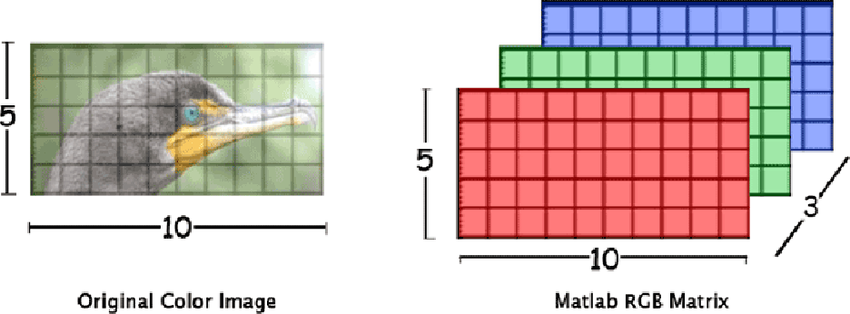Welcome to **_part II, _**in the seriesabout working of an OCR system. In the previous post, we briefly discussed the different phases of an OCR system.
Among all the phases of OCR, Preprocessing and Segmentation are the most important phases, as the accuracy of the OCR system highly depends upon how well Preprocessing and _Segmentation _are performed. So, here we are going to learn some of the most basic and commonly used preprocessing techniques on an image.
Let’s go…
The main objective of the Preprocessing phase is **_To make as easy as possible _**for the OCR system to distinguish a character/word from the background.
Some of the most basic and important**Preprocessing** techniques are:-
1) Binarization
2) Skew Correction
3) Noise Removal
4) Thinning and Skeletonization
Before discussing these techniques, let’s understand how an OCR system comprehends an image. For an OCR system, an Image is a multidimensional array (2D array if the image is grayscale (or) binary, 3D array if the image is coloured). Each cell in the matrix is called a pixel and it can store 8-bit integer which means the pixel range is 0–255.


Internal Representation of RGB image with Red, Green and Blue Channels. Source: left image from semantics scholar, right image from researchgate.
#pre-processing #ocr #image-processing #skewness #machine-learning #deep learning
